TBS TBS6925 PCI-e Professional Satellite Tuner Card
My first tuners were only set-top boxes, the Sonysky 3000 and Aulin DS-6000. They are fairly unremarkable DVB-S blind-scan boxes built at a price. Standard definition was all they offered, but that was enough for Chinasat-6B.
The difference between Blind Scan and Full/Auto Scan became apparent when I purchased some cheap (imitation) QQBOX DVB-S tuners from China. They were counterfeit TBS QBOXes, and they are based on LME2510 chipset with a Sharp tuner. Aside from a crap-load of crashy drivers, the tuners did not feature blind-scan and had extremely noisy LNB power (500mv ripple pk-pk), causing reception issues all around.
Blind-scan allows for the tuners to automatically determine the decoding parameters from the transmission on the air (i.e. Symbol Rate, Modulation Mode and FEC), thus allowing you to identify and lock-onto short-term feeds. Full/Auto scan receivers only scan the transponder modulation modes which are recorded for that satellite in the transponder lists which are often out of date, and do not contain up-to-date information. Blind scan was what I needed.
And so I turned right to TBS, bought their TBS-8921 (as well as the USB version, the TBS-5921) which was troublesome for blind scan. Sometimes it worked, sometimes it didn’t and you didn’t know why. DiSEqC was a bit hit and miss, but for watching TV it was quite acceptable. It was the beginning of my ability to chase wildfeeds.
I wanted more, so I went right for the top. The TBS-6925 PCI-e Professional Satellite Tuner.
The Card
The card came boxed in an attractive coloured cardboard box.
The specifications are listed on the rear. There is a USB version of the card, but the top-end bit-rate is limited due to the USB interface. It has the widest modulation support – with 16APSK and 32APSK being uncommon in consumer demodulators. Support for generic stream and variable/adaptive coding and modulation is also special to this card.
This card supports symbol rates up to 45MS/s which is also higher than some of the cards available at the time which topped out at 30MS/s (and yes, services >40MS/s are already on the air right now!)
The System Requirements are listed on the box. Ordering from the buydvb online store, the products were delivered securely using DHL.
The card itself is shown with the low-profile bracket attached. The card comes shipped default with the full-size bracket installed. The low-profile compatibility helped as I was installing it into my HP Microserver N36L. Another good feature is that the card does not need access to an auxiliary power connector which can be difficult to find in HTPCs and SFFs.
The rear of the card shows a pattern of vias for grounding purposes, it looks really well engineered. It need a PCI-e 1x slot, which most modern motherboards should have. The card also features a loop-out, allowing you to cascade another card to receive, provided it’s also looking at the same LNB polarity.
The card does come supplied with a driver CD, remote control and IR receiver, but in the two years that I have owned it, I haven’t even used any of them. The reason is simple – I didn’t buy this card to just “watch” TV, I bought it to scan!
Updated drivers can be downloaded from the tbsdtv.com website, and they are constantly updated, even this year!
Supplied TBS Software
TBS supplies BDA drivers for the card, but to use it to watch TV, you will need to supply your own tuning software. The one I like most is ProgDVB, but AltDVB is also fairly common. Driver support for the TBS card is fairly good.
TBS provides a utility called TBS-Blindscan which allows for a basic blind-scan experience. You configure the parameters, hit start, wait for up to 30 minutes and you have a list of results. Blindscan on this card often reports symbol rates which are 1kS/s below the actual value reported by the transponder and satellite listings. I’m not sure why, but this happens on both my cards, so it’s possibly a driver/chipset/crystal timing issue, but it does not affect reception capability.
It also comes with TBS-TS Recorder, which allows you to capture raw datastreams from the card, whether it be transport stream or generic stream. It also allows you to tune into parts of a multi-stream and has just been updated with support for Physical Layer Scrambling codes.
Finally, it also comes with TBS-Data which allows you to use the card as the receive portion of a one/two-way IP-DVB satellite system.
The TBSDTV site also provides TSReader sources (now bundled with the latest TSReader), and Streamreader DLLs for certain software that requires it.
CrazyScan
CrazyScan is a graphical spectrum plotting, blind-scan, tuning and TS serving software by crazycat69. It can be downloaded from SourceForge. The software only needs to be un-RARed using WinRAR into a folder, there is no installation. You must also download the required libraries and StreamreaderEX-BDA are available from the Info page here. You may also need to download BLScan2 from here, although I’ve had problems using the BlindScan button within CrazyScan as it complains that BLScan Failed! That doesn’t stop you from using its most useful features.
I think crazycat69 deserves a lot of thanks – his software is so easy to use and so reliable, it’s the front-end for my card almost always. The software itself has probably sold a lot of tuner cards, and really takes advantage of all the hardware’s capabilities, turning the tuner into a signal analysis device!
There is some configuration required, but it is capable of working with almost any LNB set-up, and is a very reliable DiSEqC commander. Switching switches and commanding positioners is no hassle at all, unlike with some TV watching software. The main interface allows you to plot the signal strength vs frequency to see a spectrogram (scanned).
You can click on a position to invoke a window which allows you to perform a blind scan and view the result (modulation, IQ constellation).
You can then use this window to record the stream or send it over a TCP stream to an analyzer (like TSReader) or viewer (like VLC).
It’s extremely reliable and very versatile. Ultimately, if your tuner supports CrazyScan, and you don’t use it, you’re missing out.
Some other CrazyScan Examples
The main Ku-band satellites serving Australia include Optus D1, D2, C1/D3, Intelsat-18, Intelsat-19, Asiasat-4, Asiasat-3S, Eutelsat-172A and formerly NSS-6. The above example showed the scan result for Optus D2, some of the others are shown below. Unfortunately, as my backyard space at this house is rather limited and sky view is limited, there are no scans for some of these satellites. There’s not enough space for a C-band dish here either unfortunately, so I’m not chasing those for feeds. They’re not that commonly used for short-term feeds anyway since they need a fairly large uplink truck.
Spectrum for Optus D1
Spectrum for Optus C1/D3
Spectrum for Intelsat-19
Adaptive/Variable Coding Modulation 32APSK example
DVB-S Wild-feed
Insufficient Signal to Noise Ratio
I did bring my machine with my TBS6925 to my Dad’s house with the C-band dish to catalogue the sky – that resulted in many fruitful adventures and reports which guided further exploration. It’s amazing what can be found free-to-air (FTA – i.e. unencrypted) sometimes, and how some of those channels become “subscriber” (i.e. paid-for) channels in the Ku band satellites.
Conclusion
If you’re in the market for a satellite TV tuner card, there are many products from TBS and other companies which can fit the bill just fine. Many of them are cheaper than the asking price of around US$250, and would be sufficient for the regular home TV watcher.
But for those who are looking at this card, it is likely that they demand more of their products. They are likely to be the people who are interested in identification and reception of commercial satellite data hauls (say IP-DVB, generic-stream and multi-stream services), and wild-feeds (where the ability to blind-scan and lock many different modulations is very handy). They may be interested in regularly surveying satellites for service changes, and not needing to know any modulation parameters makes this a very simple operation.
The tools provided with the card by TBS do a “passable” job at utilizing the card, but free third-party software by Crazycat called CrazyScan is pretty much essential to getting the most there is out of this card. Through using that program, detailed analysis of SNR, BER and constellation diagrams can be made which are helpful in improving reception success through dish adjustments, and identification of problems. It also allows (in the recent editions) the scanning of PL code (Physical Layer Scrambling) which allows reception of even more esoteric services.
It is a fairly unique product, with very few competitors which can offer the same level of demodulation ability and performance. The price may be “high”, but its performance is unmatched. It was so good, I bought two. Yes. Two.
Now, in Australia, it’s fairly rare to encounter anything that’s of interest in 16APSK or 32APSK mode, so alternative products with CrazyScan ability and no APSK modes are available from competitors such as ProfTuners (e.g. Prof Revolution 7500 USB and the Prof Revolution 8000 PCI-E). They’re less than half the price (about US$72), so they definitely could be the preferable card for some. But at the time I purchased my TBS6925, I wanted to have it all – APSK modes as well – so there was (and still is) no other choice.
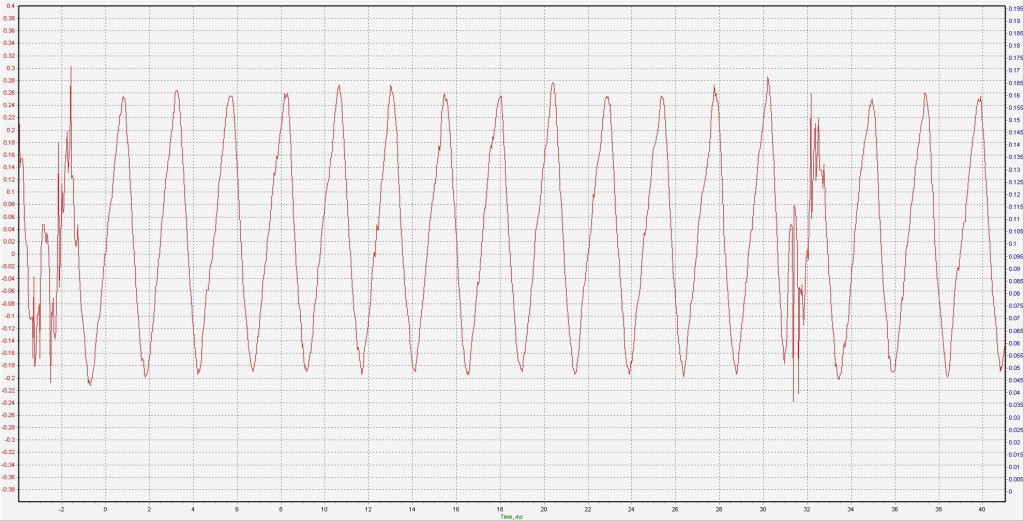

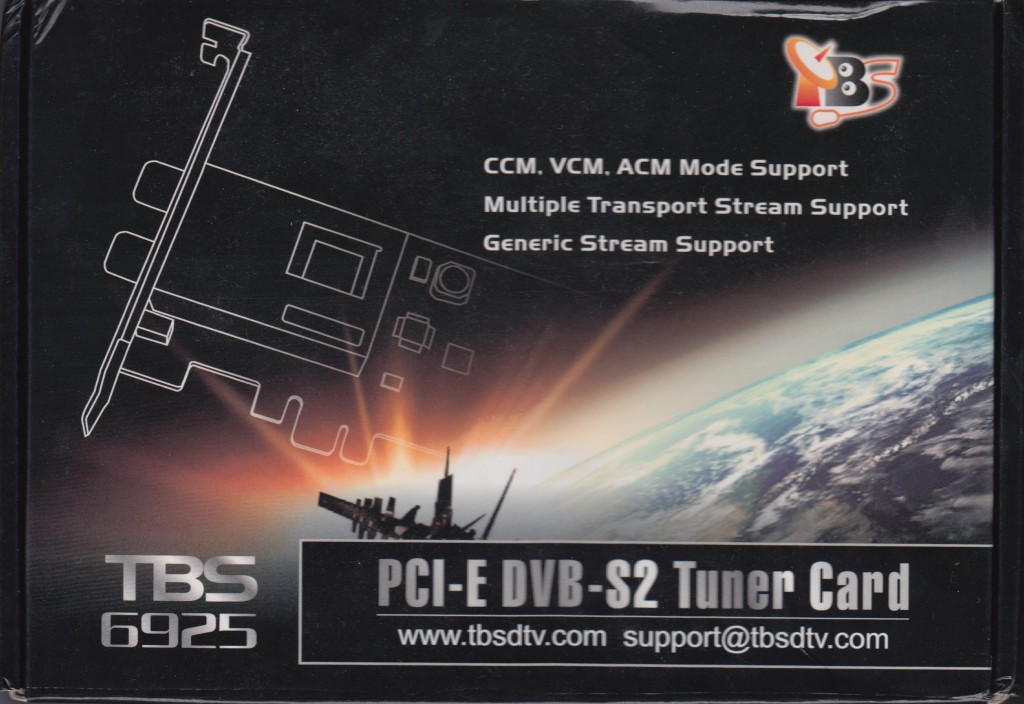



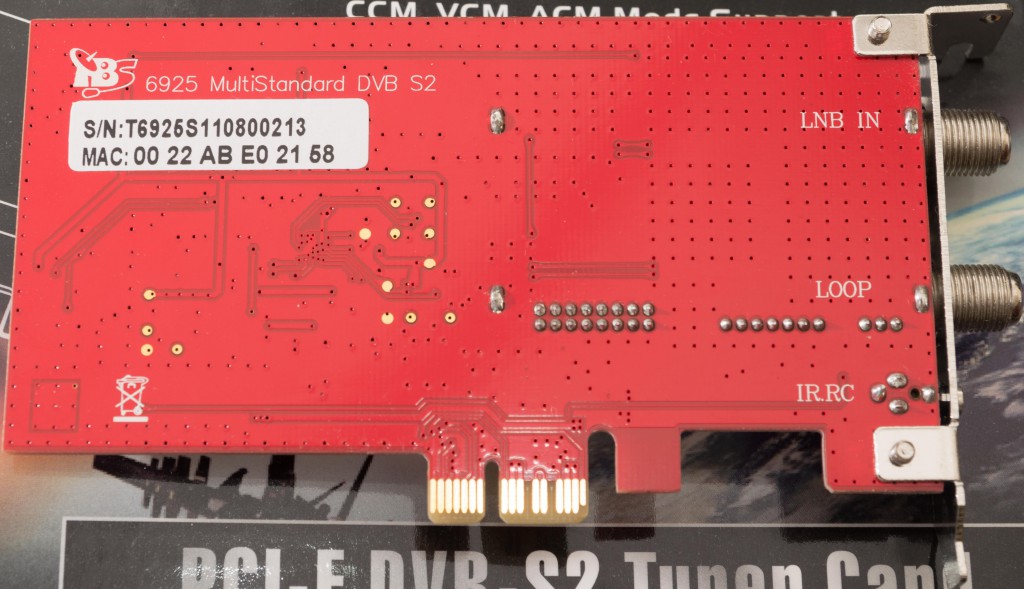
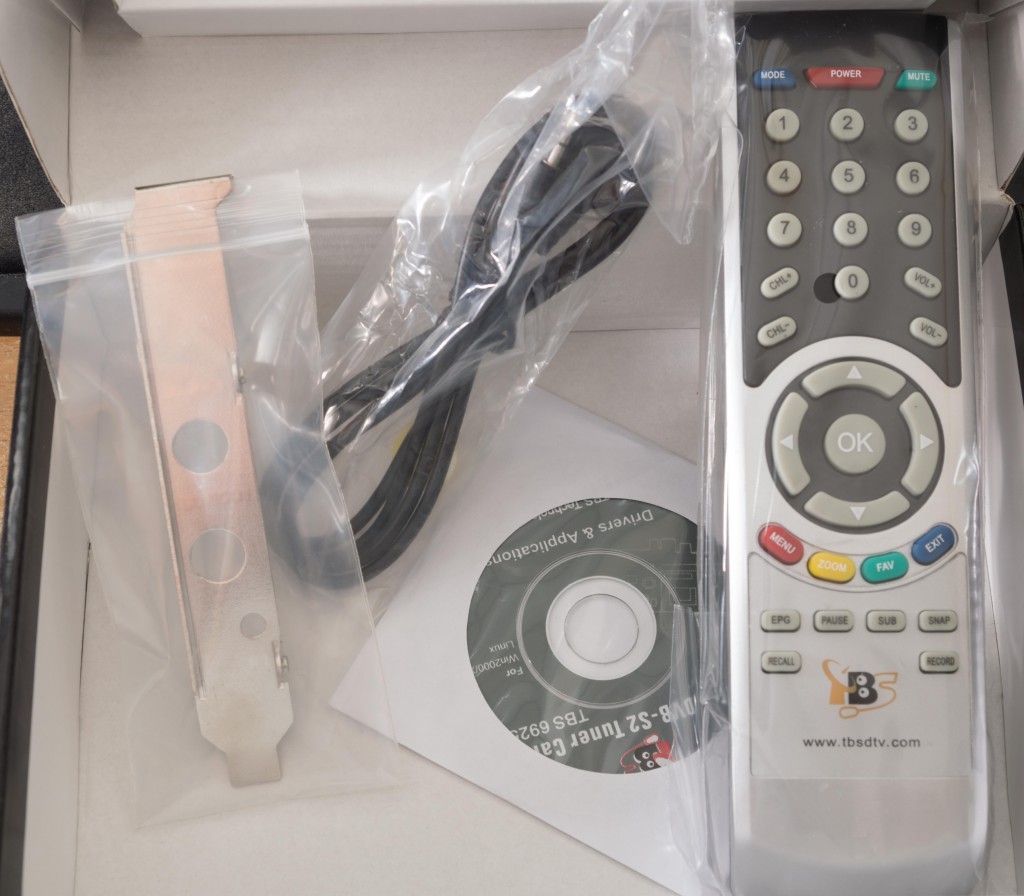


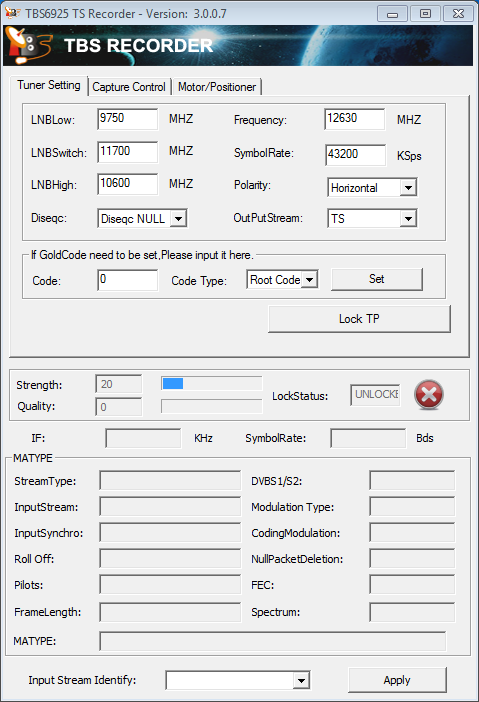

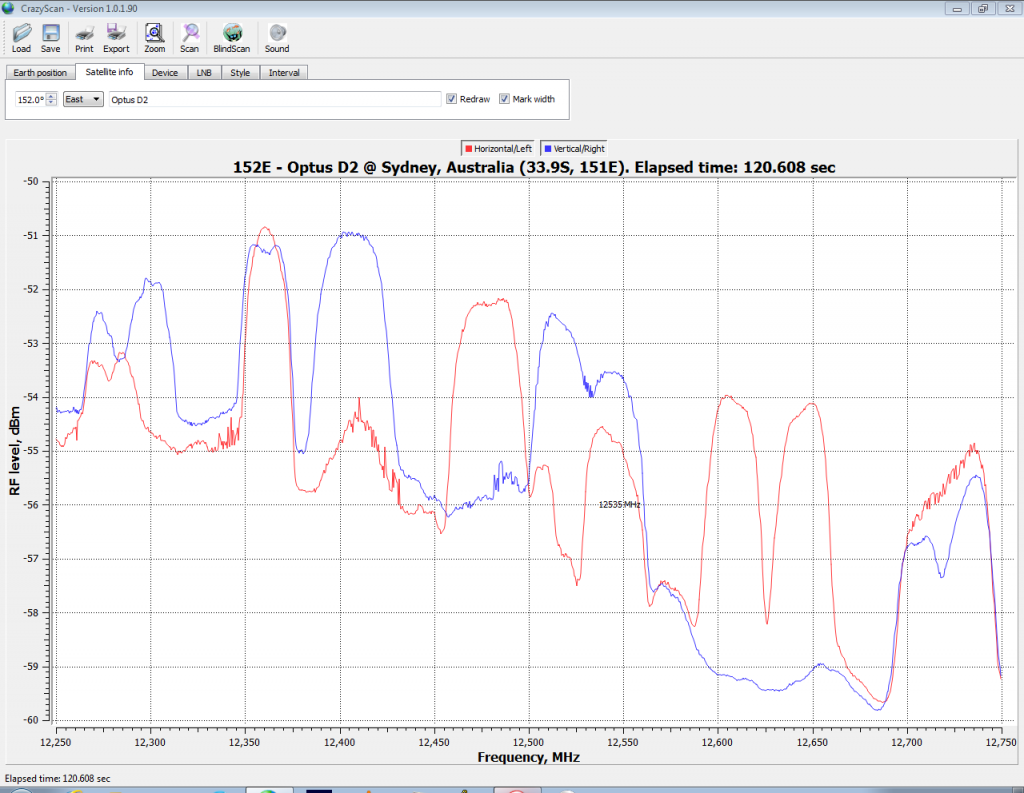

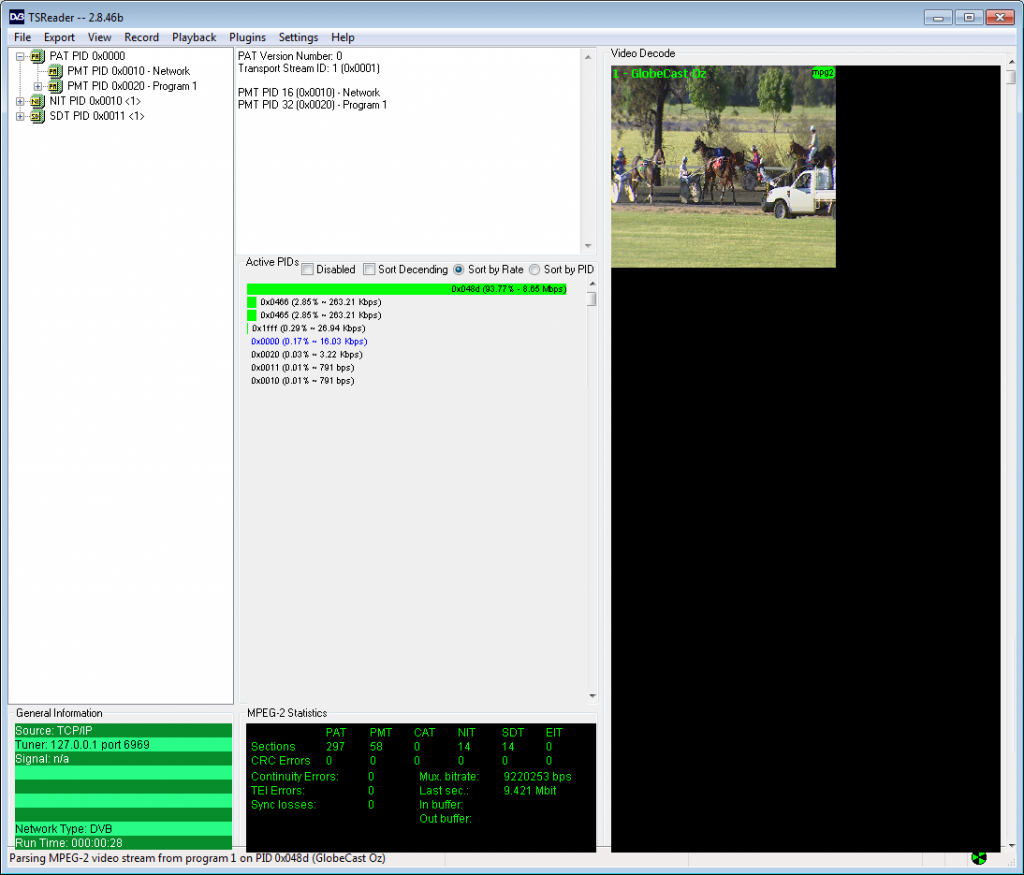
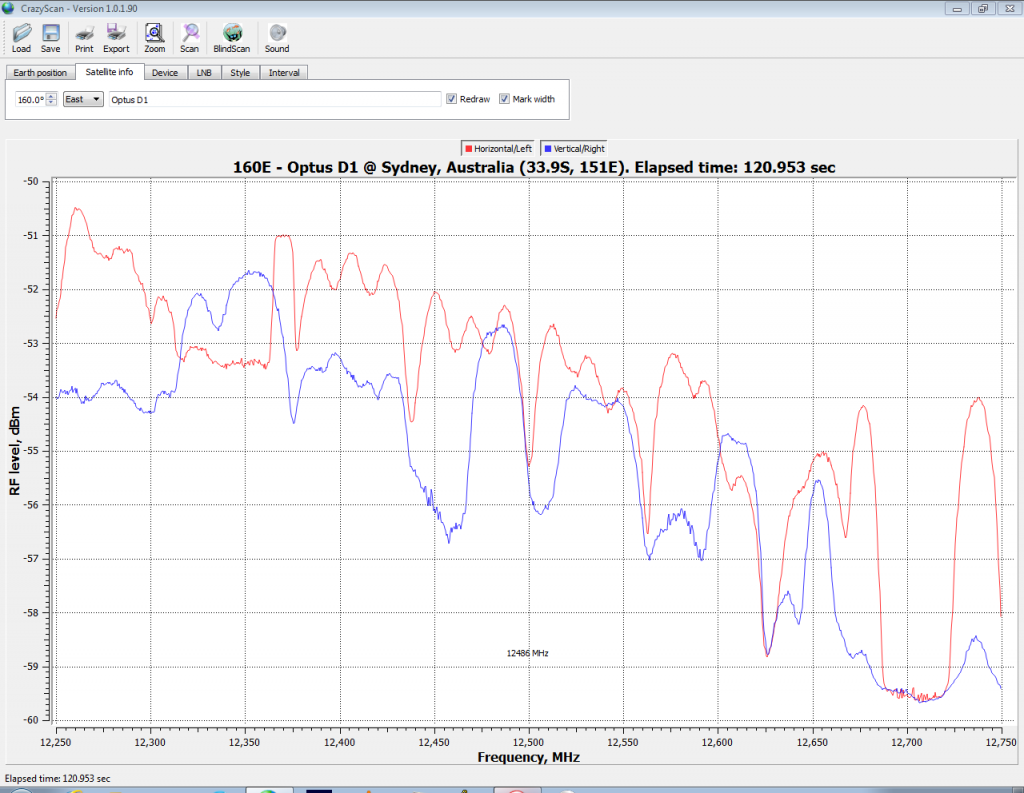
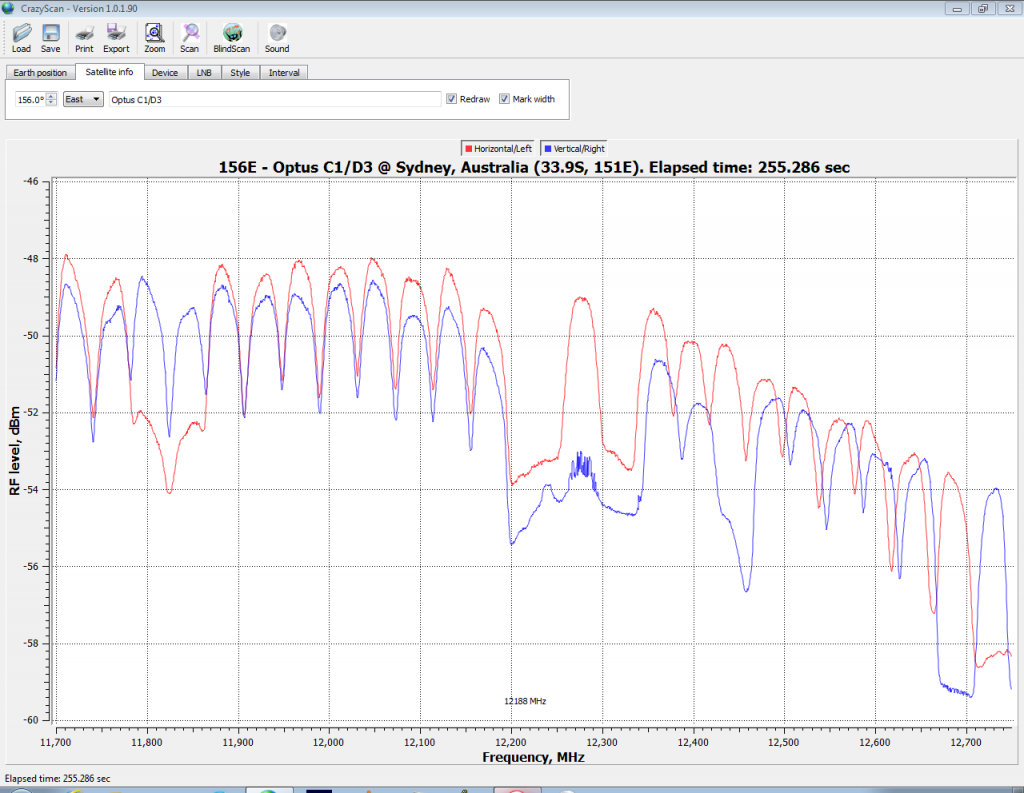
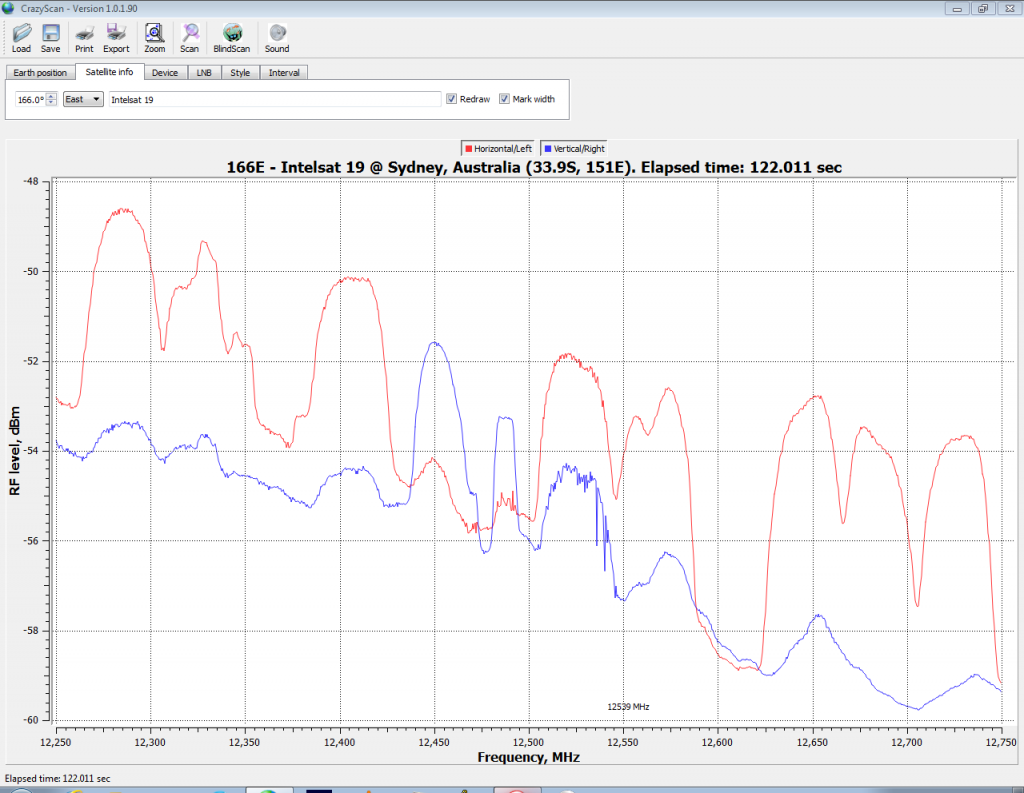

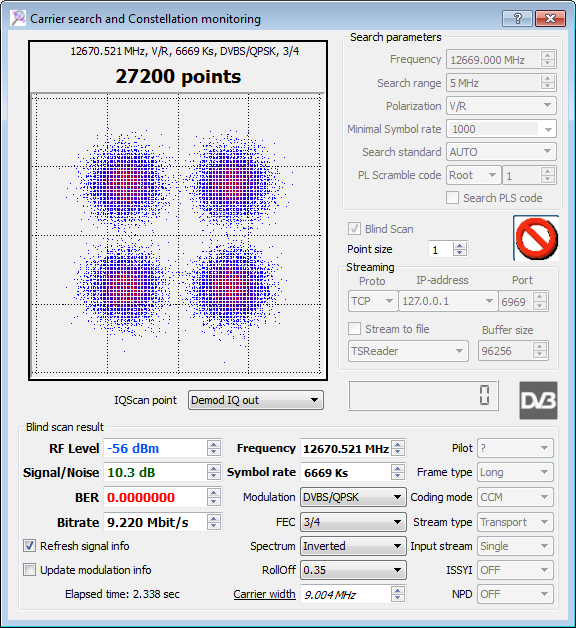
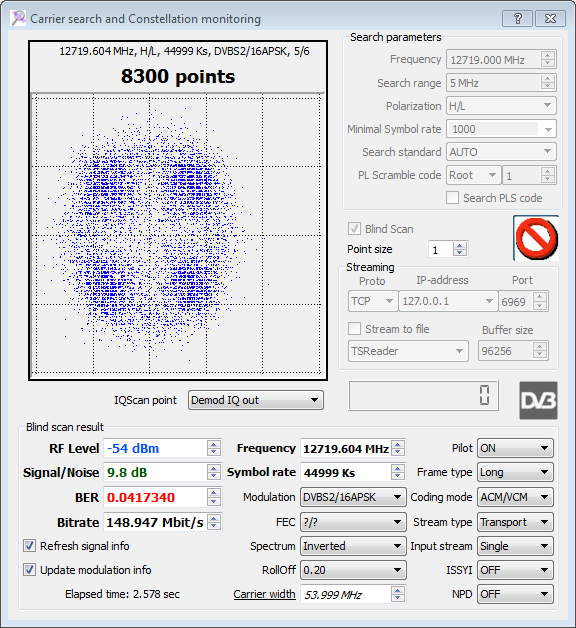

No comments:
Post a Comment